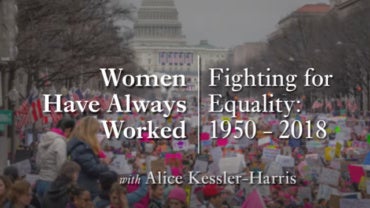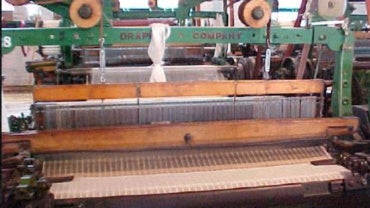From early in the 19th century through recent years, the Mahoning Valley has drawn new migrants and immigrants seeking economic opportunities and new homes. As those families settled in the area, they created the diverse cultural mix of our present day community. They brought new languages, religious traditions, recipes, viewpoints, and artistic talents to the area. Since the mid-19th century, migrants and immigrants have left their mark here in the Mahoning Valley in many ways, from the onion domes of eastern European churches to delicatessen favorites and Brier Hill pizza to the jazz and blues music of African Americans. More recent arrivals from Puerto Rico, Mexico, and various parts of Asia have added to our cultural mix, bringing new foods and new traditions. We can trace the experience of immigration and migration through family stories, preserved in letters, diaries, photographs, documents, and other materials. The memories held in these materials are of interest not only to local families but also to scholars and students who want to understand the history of immigration and migration, work, language, and the community. Steel Valley Voices collects and shares the stories and memories of the Youngstown area’s diverse communities. This digital archive makes letters, documents, photographs, and other materials available to anyone with an interest in Mahoning Valley history and culture.










